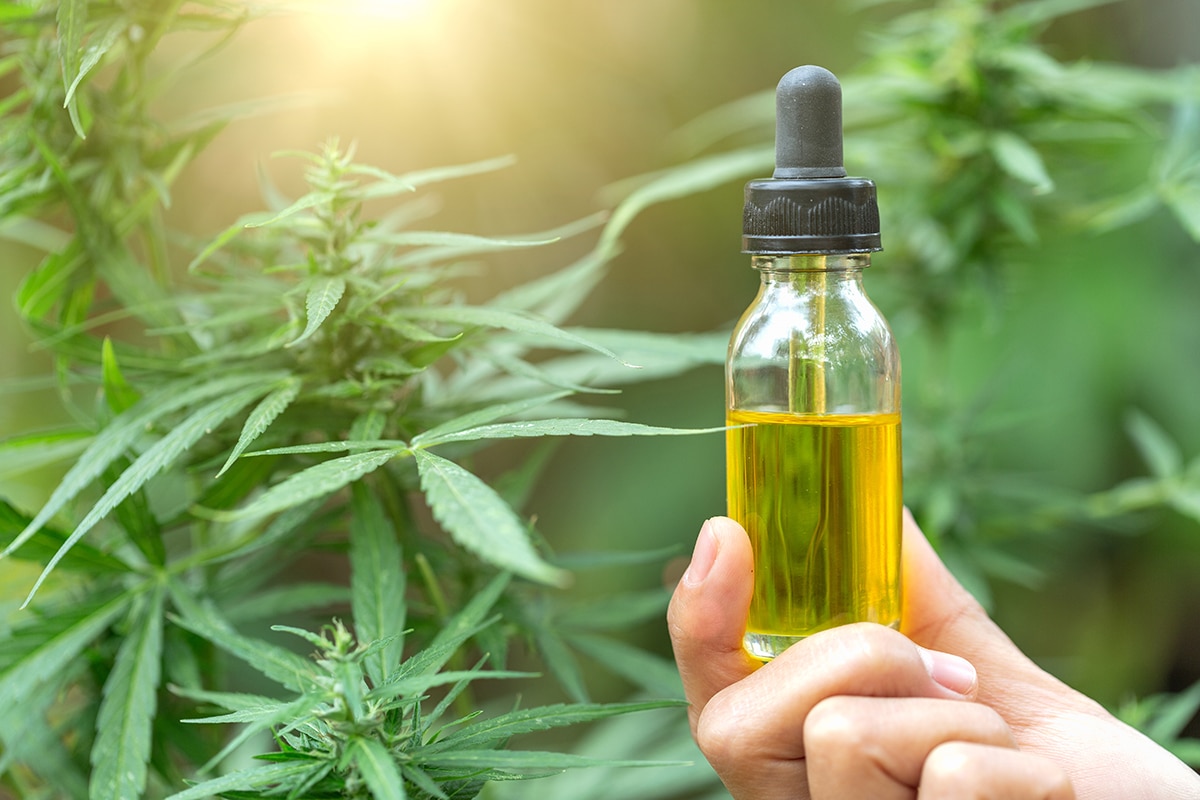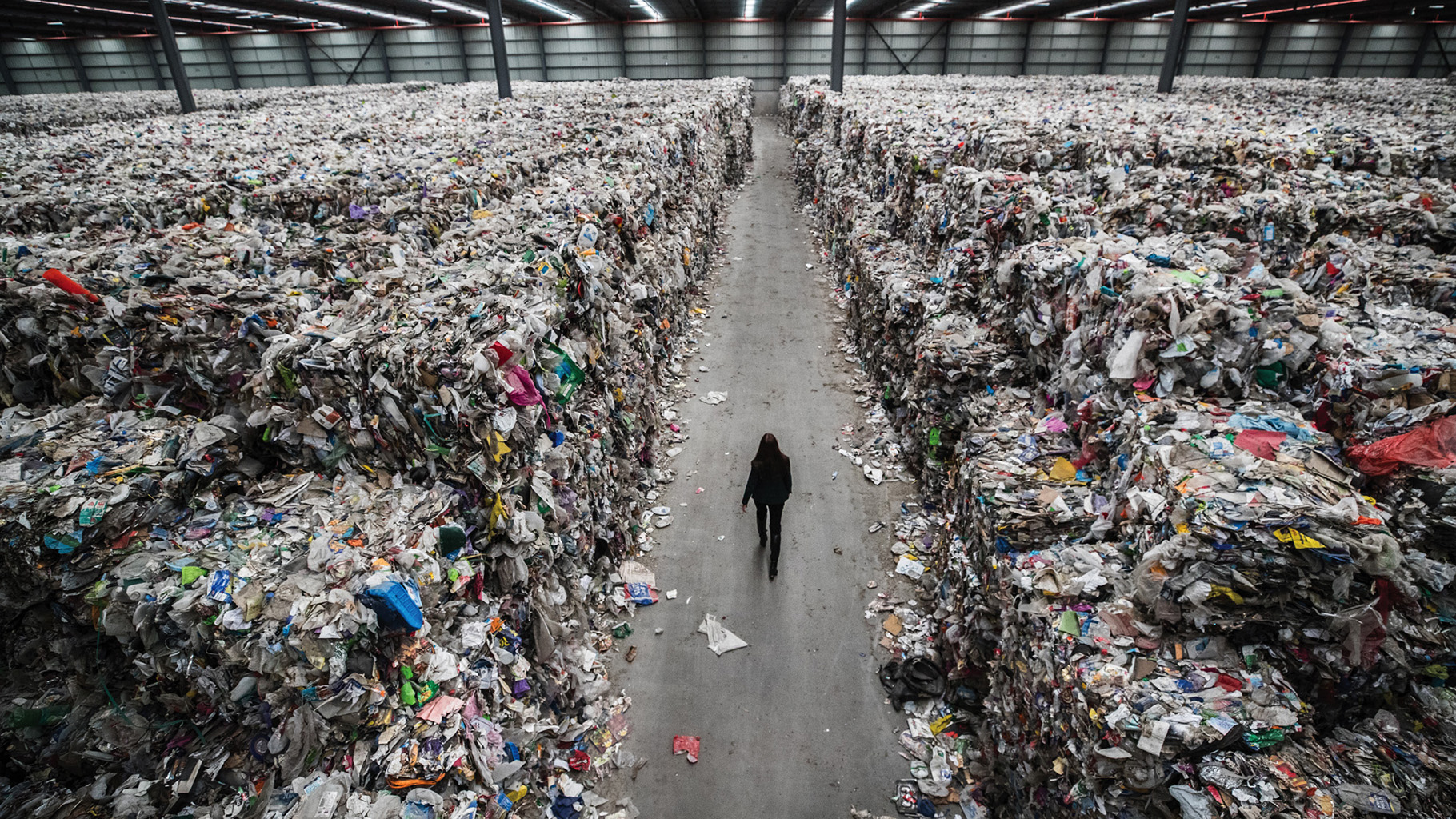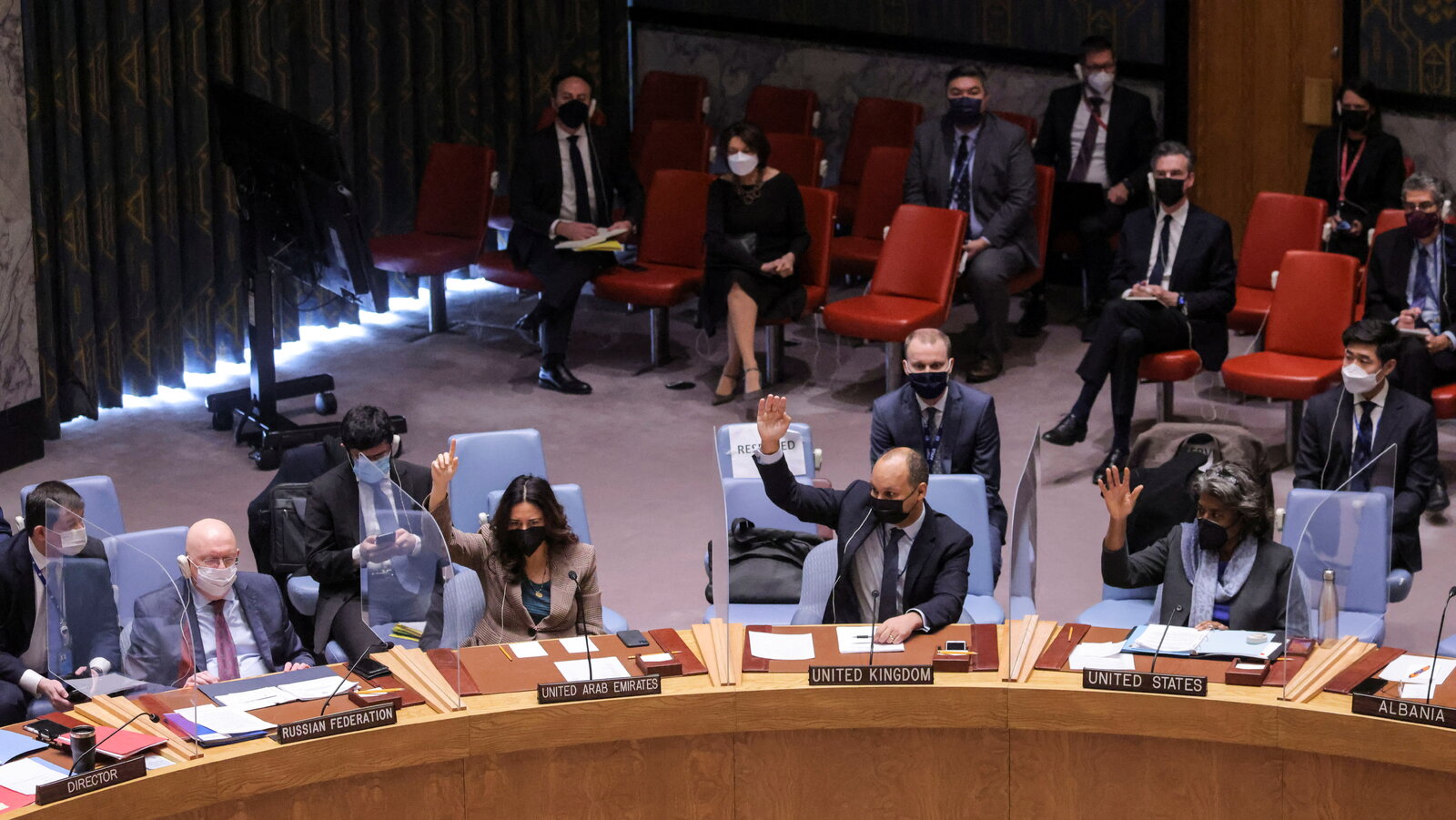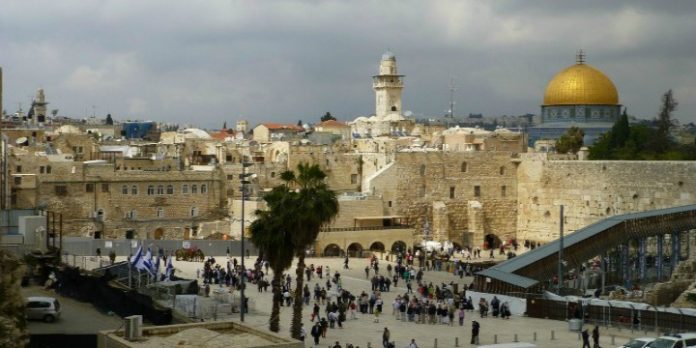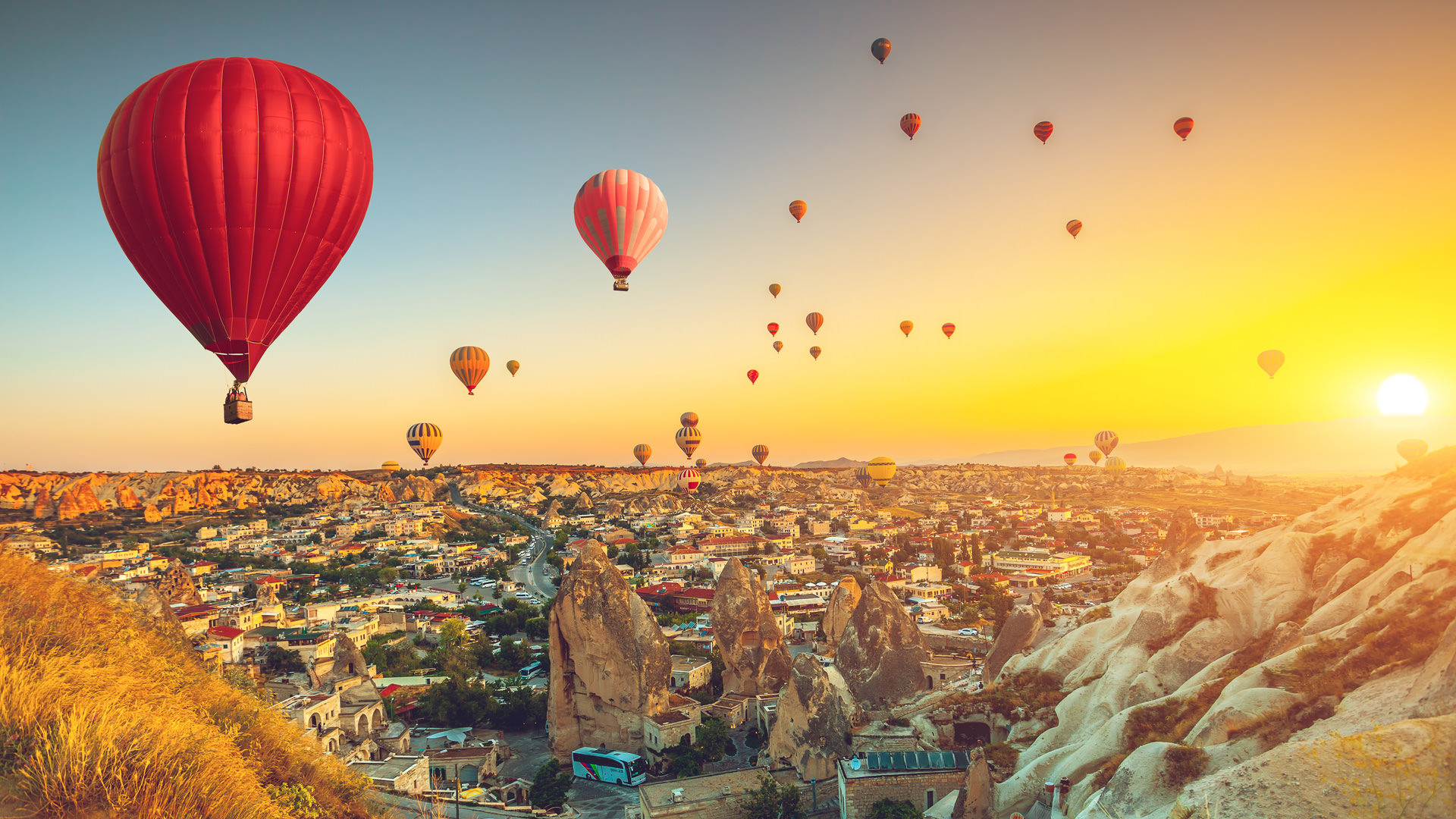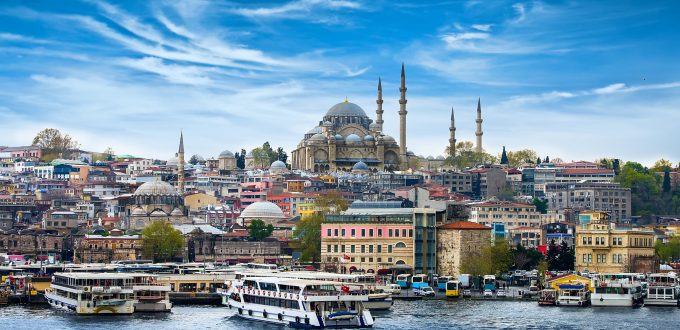The cannabis business is expanding at a dizzying rate, and one of the most pressing issues is the danger of being exposed to pesticides through the consumption of CBD oil. Headaches, physical issues, and discomfort throughout the body are just some of the symptoms that can result from even minimal toxin exposure. Also, many pesticide compounds are carcinogenic. The only way to protect yourself from the risk of being exposed to pesticides is to make sure that the cannabidiol oil you buy are safe and do not include any traces of these chemicals.
Phytoremediation of the Soil Using Hemp
Hemp is distinguished in that it is capable of improving the quality of soil (also called a soil sucker). As the plant grows, it extracts the nutrients from the earth, which it then uses for CBD oil. However, the vascular system of the plant not only absorbs the nutrients that it pulls up, but it also absorbs the pollutants that are there. The vacuum-like suction that it exerts on the soil helps to clean it. Because it is so effective at removing toxins from the soil, cannabis is often grown in regions that have a history of being exposed to heavy metals. This is because cannabis may break down the compounds that cause heavy metal poisoning. After the meltdown of the nuclear reactor, the area around Chernobyl was contaminated with radioactive elements, which leached into the soil. In order to cleanse the area, hemp crops were grown there.

Trace Amounts of Heavy Metals in the Soil
Heavy metals can be found in naturally occurring concentrations in the soil in many parts of the world. For decades, farmers have been fighting against this adverse circumstance. On the other hand, the majority of farmers in modern-day Australia do assess their soil using contemporary methods to rule out the possibility of heavy metal contamination.
Pesticides and Cannabidiol (CBD) oil
The danger posed by pesticides is comparable to that posed by heavy metals. In order to tackle insect issues, pesticides are either sprayed directly onto the plant or applied to the soil. In the same manner that it does with heavy metals, the cannabis plant is able to draw pesticides into its fibres. In addition, because of the possibility of mould development, the buds of the hemp plant cannot be thoroughly cleansed of any traces of pesticides that may have been present.
CBD oil Containing a High Proportion of Different Pesticides
In 2016, a Laboratory published a report in which they reported that 84.3% of all cannabis samples tested positive for the presence of pesticide residue. Even if this happened a few years ago and laboratory testing is now more common, the high proportion is still cause for concern and unequivocally shows that exposure to CBD oil and pesticides has been a serious issue. Consumers have a responsibility to be alert and to purchase CBD oil exclusively from trustworthy businesses like Chronic Therapy.

CBD oil Diluted to Hide the Presence of Pesticides
The fact that CBD oil might get concentrated with pesticides is yet another concerning aspect that customers must take into consideration. A report was recently published in the journal Medical Cannabis and Cannabinoids. This report reveals the concerns of CBD oil and exposure to pesticides in the following statement: “If any of these contaminants [pesticides, heavy metals, solvents, etc.] were present in hemp used for CBD oil extraction, they would likely end up in the concentrated form in the resultant oil. When it comes to pesticide levels in concentrates, the typical rule of thumb is as follows: “anticipate around a tenfold increase in pesticide load relative to the flower that was used for extraction.” When the plant material is removed and condensed into an oil, this indicates that the concentration of pesticides in the plant material increases by a factor of 10.
Testing Done by Independent Laboratories for the Presence of Pesticides in CBD oil
Equipment that provides what is known as a Limit of Detection may be found in both independent laboratories and in-house analytical laboratories. The lowest detectable concentration, is the smallest quantity of a drug that may be found in a sample. This method is used to determine not just the cannabinoids, such as THC and CBD oil, present in hemp, but also the amount of pesticides present. Due to the extremely lax regulation, the LOD testing might be quite different from one laboratory to the next. Regrettably, some shady producers take advantage of the absence of regulation in the business by lowering the concentration levels in their oil in order to hide the presence of pesticides, heavy metals, and other toxins such that they are undetectable by the LOD. They accomplish this by adding more oils to the product in order to dilute it. Clearly, this hammers home the need of ensuring that the CBD oil you buy are derived from organic hemp that has been approved.

CBD Oil Diluted to Hide the Presence of Pesticides
People who buy cbd oil Australia might become confused, and they could assume that lowering the amount of pesticides in the product by diluting is a good thing. However, if they reduce the amount of pesticides in the sample in this way, they also reduce the amount of CBD that is in the product as a percentage. If a customer wants to obtain an exact dosage of CBD oil, they will need to take a greater quantity of the product. This, in turn, will increase their exposure to the pesticide because it will result in a higher dose. The only reason CBD oil are diluted for laboratory tests is to conceal the amount of pesticides that are present in the product.
Certification of Organic Production
Farmers who meet the standards for organic production that have been established by the relevant Australian body are eligible to receive an organic certification. At Chronic Therapy, we don’t mess around when it comes to purity.
To know more about where to buy CBD oil in Australia and other CBD oil benefits, you should book a consultation session with a professional from Chronic Therapy today.
